Industry information
Company News
- New trend of aluminum veneer: light luxury texture, new choice for home life
- Exploring the unique charm of wood grain aluminum veneer
- Aluminum veneer: not just sheet metal, but also the soul of architectural art
- Aluminum veneer curtain wall: the fashionable coat of modern architecture
- Curtain wall aluminum veneer: an "invisible" fashion weapon for modern architecture
Industry dynamics
- 2. New trend of aluminum plate, imitating wood grain to interpret spatial aesthetics. 3 Imitation wood grain aluminum veneer: modern
- The natural beauty of wood grain aluminum veneer takes you to appreciate the new style of modern building materials
- Environmental advantages of hyperbolic aluminum veneer
- The artistic value of stone patterned aluminum veneer
- Aluminum veneer price and market strategy
Frequently asked questions
- Can aluminum veneer be used for building platform design?
- Does the production of aluminum veneer require certification?
- What are the limitations of the application scope of aluminum veneer?
- Will the thickness of aluminum veneer affect its service life?
- How does aluminum veneer provide the wind resistance required for modern buildings?
contact us
Mobile:+86 15627778610
Email: 2201229786
Address: No. 5 Binjiang Road, High tech Zone, Zhaoqing City, Guangdong Province
How is the design flexibility of aluminum veneer reflected in modern architecture?
- Author: Lesilong Technology (Guangdong) Co., Ltd
- Release time: March 3, 2025 03:36:50
- Click:0
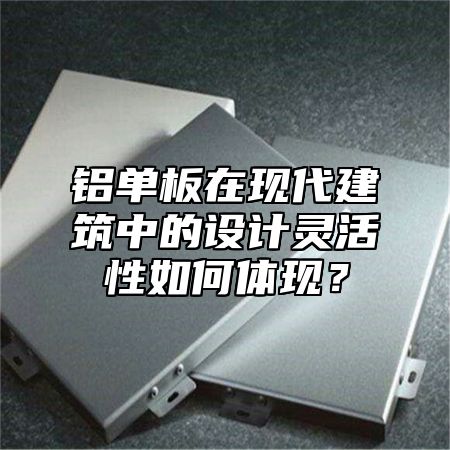
Aluminum veneerAs a new type of building material, it has the advantages of lightweight, high strength, corrosion resistance, and easy processing, and has become one of the indispensable materials in modern architecture. In addition to its physical properties, aluminum veneer also has high flexibility in design, and can be customized in various colors and shapes according to the architect's design requirements to meet different building decoration needs. This article will provide a detailed introduction from multiple perspectives on how the design flexibility of aluminum veneer is reflected in modern architecture.
1、 Color selection
The color selection of aluminum veneer is very diverse, and different surface treatment processes and coatings can be used to form different color effects. For example, treatment processes such as fluorocarbon spraying, anodizing, and electrophoretic coating can be used to create different colors and textures. It can also be matched and designed according to the overall style and color tone of the building, so that the aluminum veneer can be integrated with the building to achieve a better decorative effect.
2、 Customized design
The shape of aluminum veneer is also very flexible, and can be customized in various shapes and sizes according to the design requirements of architects. For example, different lines such as arcs, straight lines, and wavy lines can be used for design to create unique decorative effects. It can also be designed according to the functional requirements of the building, such as special structures such as ventilation openings and lighting windows, to meet the actual needs of the building.
3、 Combination application
Aluminum veneer can also be combined with other building materials to form a more diverse and colorful architectural form. For example, aluminum veneer can be combined with materials such as glass curtain walls and stone curtain walls to form a unique architectural style. Aluminum veneer can also be combined with other decorative materials such as wood, metal, etc. to create more diverse decorative effects.
4、 Lighting application
Aluminum veneer can also be used for lighting design, creating unique visual effects through the illumination and reflection of light. For example, aluminum veneer can be used as a surface for light projection to create a visual effect of light and shadow interweaving. LED and other lighting technologies can also be used to dye and color aluminum veneers, achieving richer lighting effects.
Aluminum veneer has high design flexibility in modern architecture, and can be customized in various colors and shapes according to the architect's design requirements to meet different building decoration needs. In the future, with the continuous improvement of people's requirements for building quality and aesthetics, it is believed that the application scope of aluminum veneer will continue to expand and play a more important role in future architectural design.

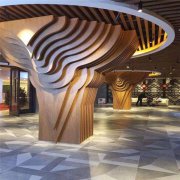
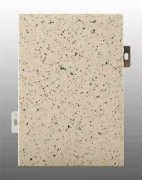
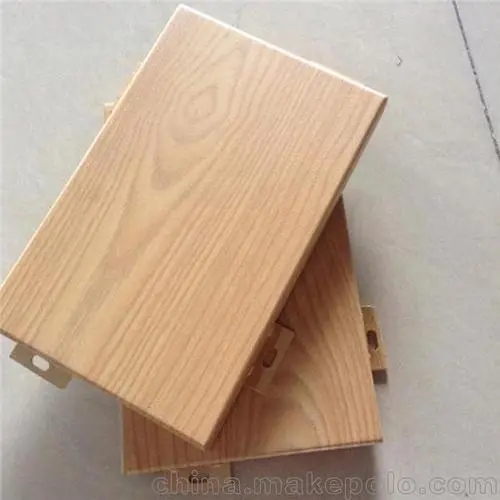
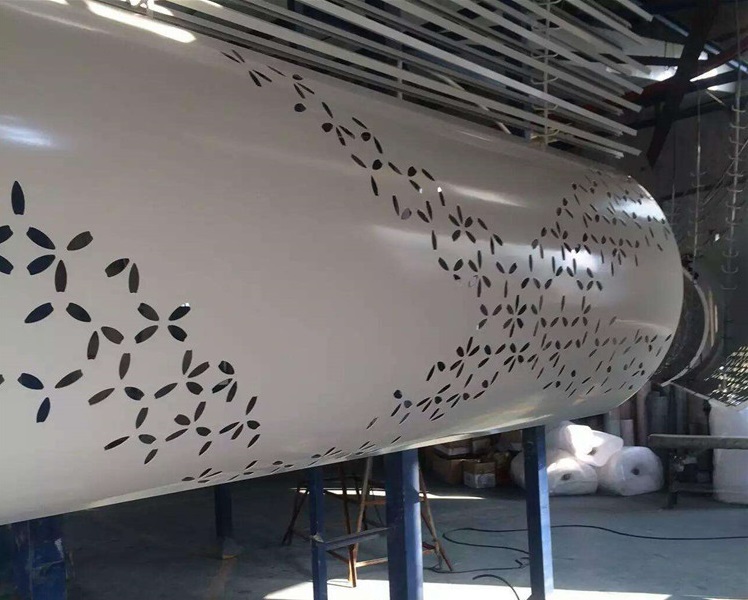
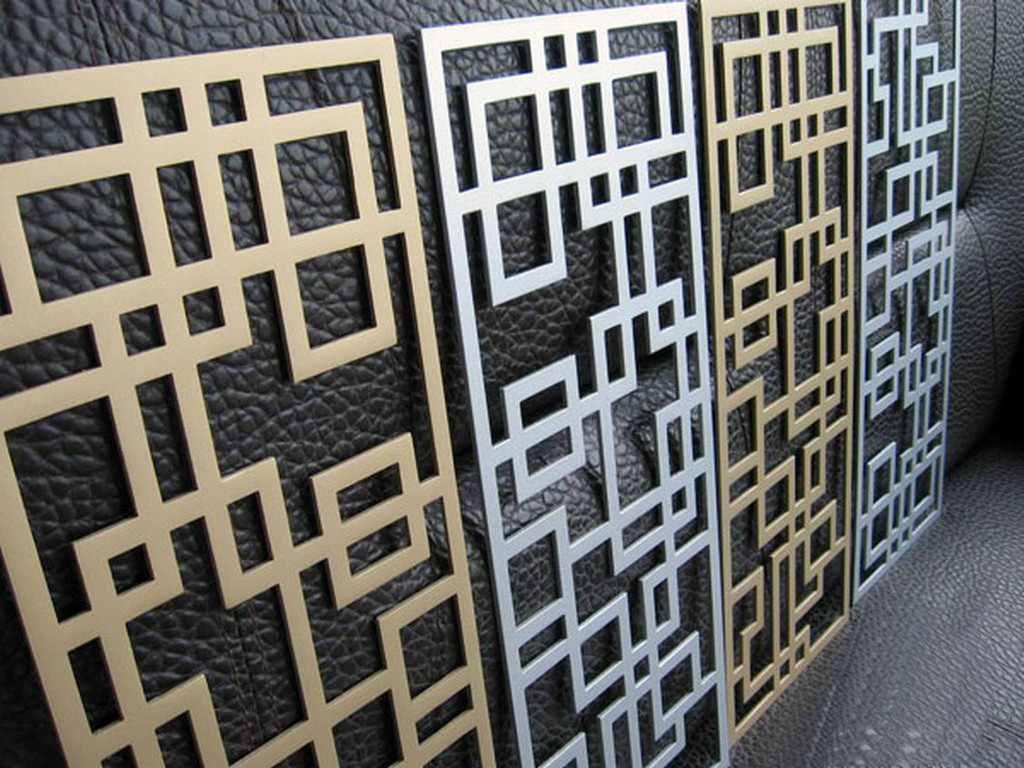
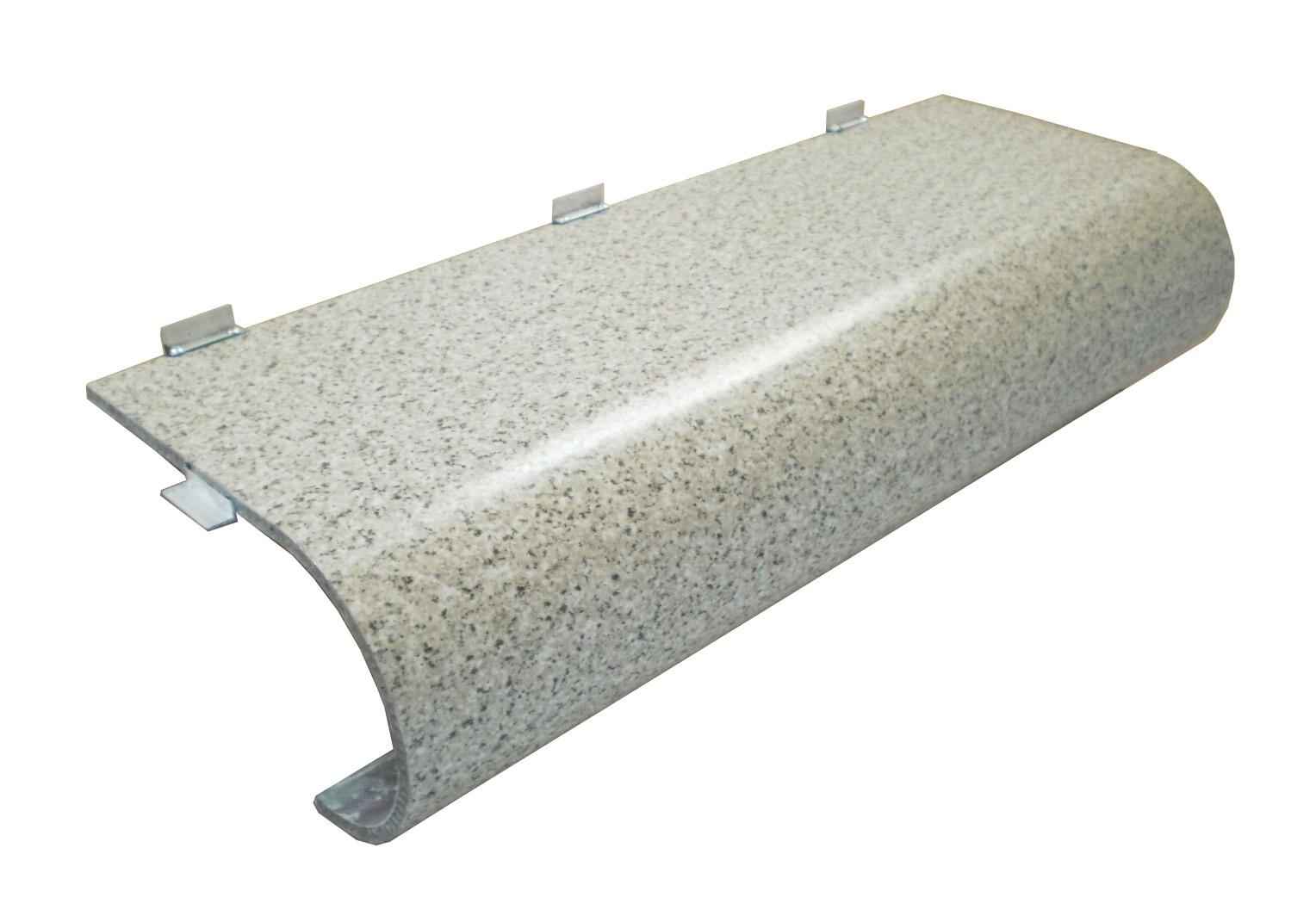
 Customer service QQ
Customer service QQ